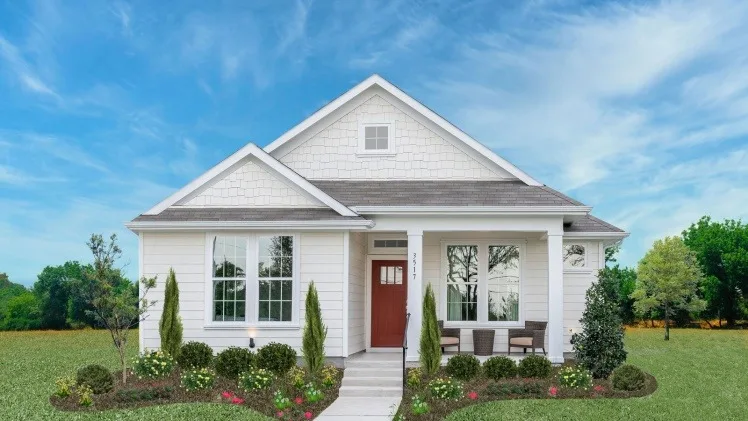Designing a custom home is an exciting journey that allows you to shape your living space according to your unique vision. While aesthetics play a crucial role in creating a visually appealing environment, it’s equally important to prioritize functionality to ensure your home is comfortable, efficient, and tailored to your daily needs. Striking the perfect balance between aesthetics and functionality is the key to achieving a practical and stylish custom home that stands the test of time. In this guide, we’ll explore essential tips to help you navigate this delicate equilibrium and create a harmonious living space that seamlessly blends beauty and utility.
For more information on home design in Melbourne be sure to head over to Carlisle Homes.
1. Start with a Clear Vision
Before embarking on your custom home design, take the time to define your vision. Consider the lifestyle of your household and the activities that will take place within the space. Reflect on your daily routines, hobbies, and future needs. By understanding how your home will be used, you can make informed design choices that prioritize functionality without compromising on aesthetics.
2. Embrace Open-Concept Layouts
Open-concept layouts have gained popularity for good reason. They promote a sense of spaciousness, encourage natural light to flow, and enhance the interaction between different areas of your home. When designing your custom home, consider integrating an open-concept design that allows seamless movement and connectivity between rooms, creating a practical and visually pleasing environment.
3. Collaborate with Professionals
Creating a custom home that balances aesthetics and functionality requires the expertise of skilled professionals like Virginia custom builders. Collaborate closely with architects, interior designers, and builders who understand your vision and can translate it into a practical design. Their insights and experience will help you navigate design decisions, ensuring your custom home is both visually appealing and tailored to your lifestyle.
4. Multi-Functional Spaces
Maximize the functionality of your custom home by incorporating multi-functional spaces. Flex rooms, such as a home office that can double as a guest bedroom, or a kitchen island with built-in seating for casual dining, allow you to make the most of your square footage. These adaptable spaces cater to various needs while maintaining a cohesive and attractive design.
5. Storage Solutions
Ample storage is a hallmark of a practical home. Integrate smart storage solutions into your design, such as built-in cabinets, shelving, and closets. Consider creative storage options that blend seamlessly with the design aesthetic, helping you maintain an organized and clutter-free living environment.
6. Seamless Indoor-Outdoor Integration
A successful custom home design should extend beyond your interior walls. Create a seamless connection between indoor and outdoor spaces by incorporating features like sliding glass doors, outdoor living areas, and landscaped gardens. This integration not only enhances the overall aesthetic but also extends your living space, allowing you to enjoy the outdoors while maintaining a functional layout.
7. Thoughtful Kitchen and Bath Design
Kitchens and bathrooms are among the most heavily used areas of a home. When designing these spaces, prioritize functionality without sacrificing style. Opt for durable and easy-to-maintain materials, efficient storage solutions, and ergonomic layouts that facilitate daily tasks. Incorporate design elements that reflect your personal taste while ensuring these essential spaces meet your practical needs.
8. Energy-Efficient Design
Functionality extends to the efficiency of your home’s systems. Consider energy-efficient design principles, such as proper insulation, high-quality windows, and energy-saving appliances. These features not only contribute to a more sustainable living environment but also enhance the long-term functionality of your custom home.
9. Flexibility for Future Changes
Anticipate potential changes in your lifestyle and family dynamics. Design your custom home with flexibility in mind, allowing for adjustments as your needs evolve. Incorporate design elements that can be easily modified or repurposed to accommodate future changes without compromising the overall aesthetic.
Final Thoughts
Achieving the perfect balance between aesthetics and functionality is the hallmark of a successful custom home design. By starting with a clear vision, prioritizing efficient layouts, and incorporating practical elements, you can create a living space that is not only visually captivating but also enhances your daily life. Remember that a well-designed custom home is a reflection of your personality, values, and aspirations, where aesthetics and functionality seamlessly coexist.



